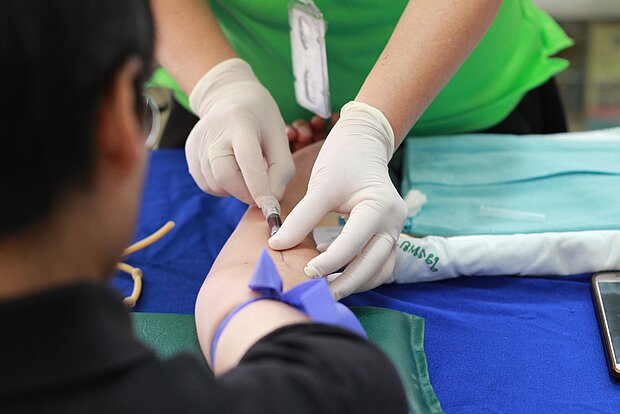
CeZ
e-Blood
The project involved the migration and normalisation of medical data collected at 24 Regional Blood Donation and Haematology Centre facilities into the e-Blood system.
Sector: Healthcare
Technology: Contract design based on XSD files, data migration from XML files, CI based on Jenkins, Angular, Java 8, Keycloak, database transformations from DB2 to PostgreSQL, ETL based on SQL scripts
Customer: e-Health Centre (CeZ) and the National Health Fund (NFZ)
The eHealth Centre (CeZ) works on the development of information systems in the healthcare sector. The National Health Fund (NHF) is the state's universal healthcare system.
Migration and data processing in figures:
- 5.6 million personal files
- 5.2 million donors
- 8 million addresses
- 14 million donations
